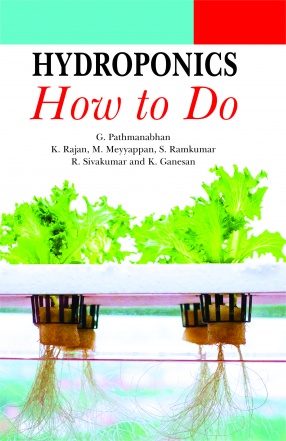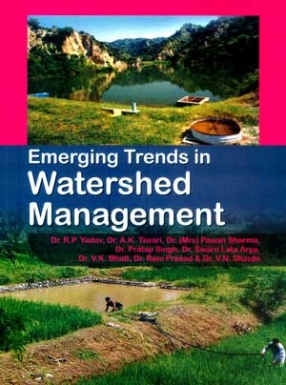Hydroponics: How To Do
Soil less cultivation is a new science. Today great and growing interest is been shown by all section of the public in its possibilities and uses. The new method of soil less cultivation is now offered to the main-in-street and steady, reliable, cheap and very easy technique. Multiple cropping and intense-cultures by hydroponic means will have profound effect in the soil in the social life of the nation. The states lacking in soil resource and water resource would find soil less culture ideal. To the urban people this is a fortune to have soil less gardening in their doorstep and to floor. By bringing cheap and nourishing food within the reach of all even the poorest-hydroponics offers a real value too humanly, commercial application of this technique has very advantages like higher crop yields, growing all around the year, high value crops, space requirement, no after cultivation with improved quality. The yield is estimated to be 2-3 times more than the conventional agriculture practices. This book is mainly intended to create awareness on soil less cultivation, basic principles, advantages, systems in practices, different media nutrient management operation, constraints and problems. Suitable figures of illustration will arouse interest to readers and contribute to society and nation towards self-sufficiency.
Hydroponics offers the promise of feeding the millions of starring people around the world. Many of the greenhouse operation are hydroponic in nature. The beneficiates includes retail chain, defense establishment, public sector companies, hotel chains, processed food industry, catering series, corporate hospitals NGO's foreign retail companies, public-private partnerships. The system has the major potential for the realization of environmentally suitable urban food.
Contents: 1. Introduction. 2. Hydroponic systems. 3. Hydroponics media and containers. 4. Hydroponics: greenhouse application. 5. Hydroponics: nutrition. 6. Hydroponic systems: design and construction. 7. Do it yourself: different hydroponic units. 8. Problems in hydroponic cultivation. 9. Glossary. 10. Appendix.
Get it now and save 10%
BECOME A MEMBER











Bibliographic information
K Rajan
Ors.